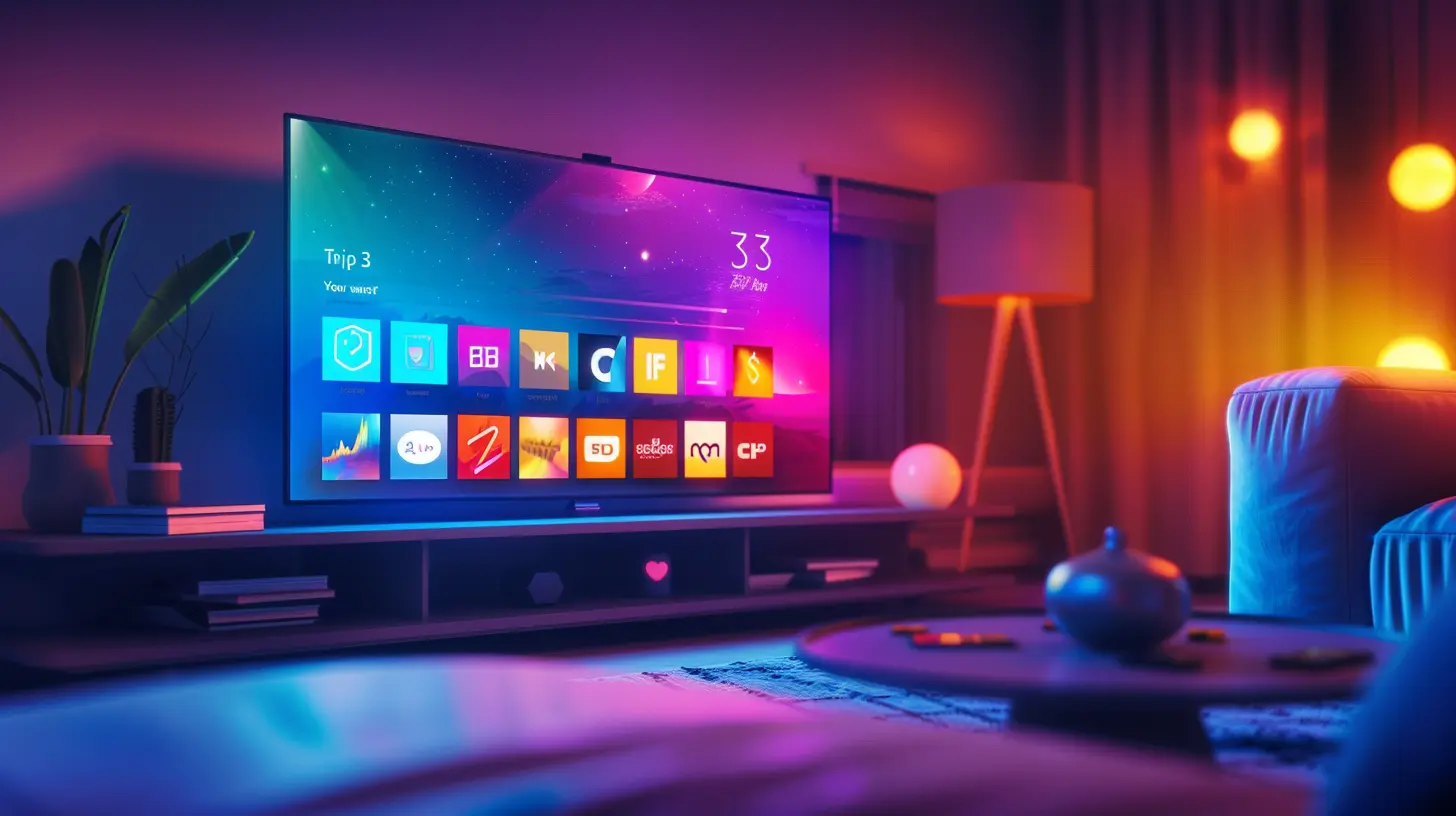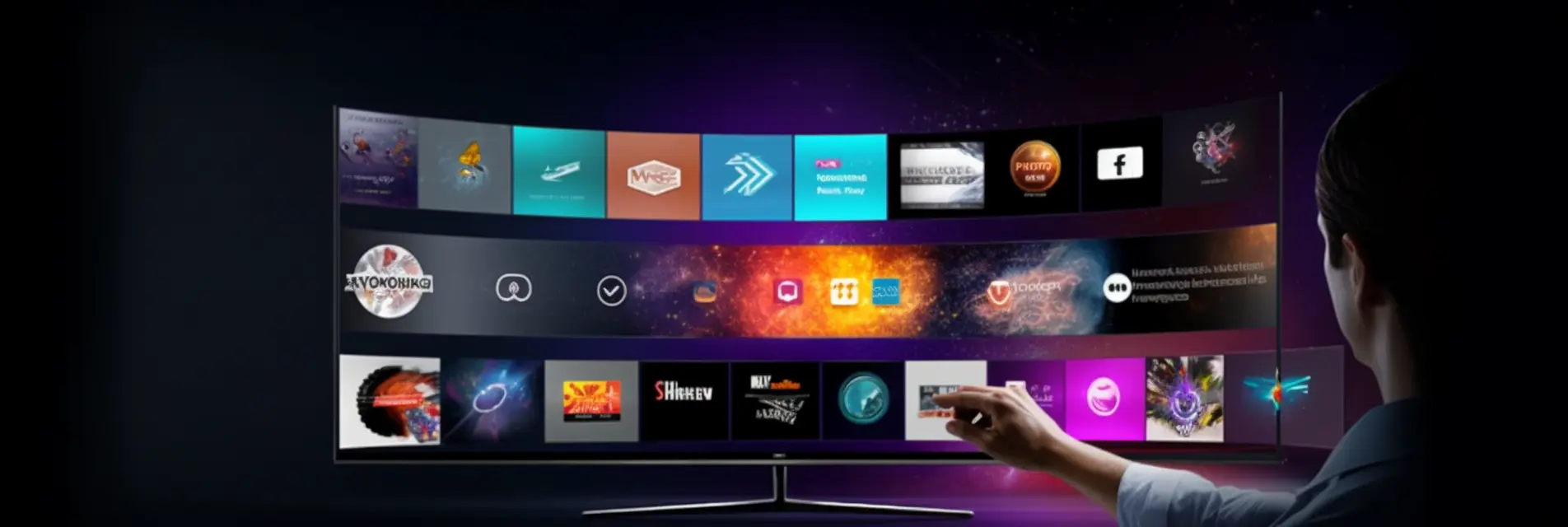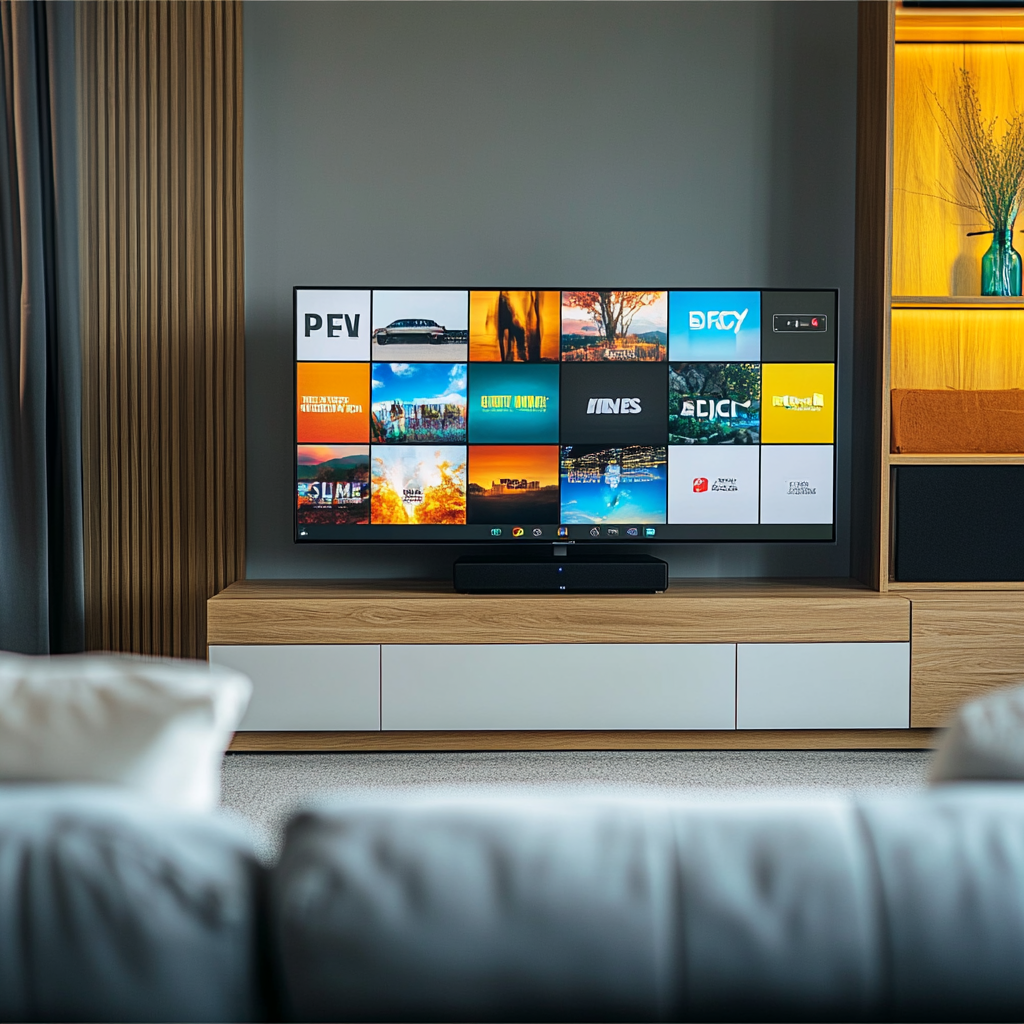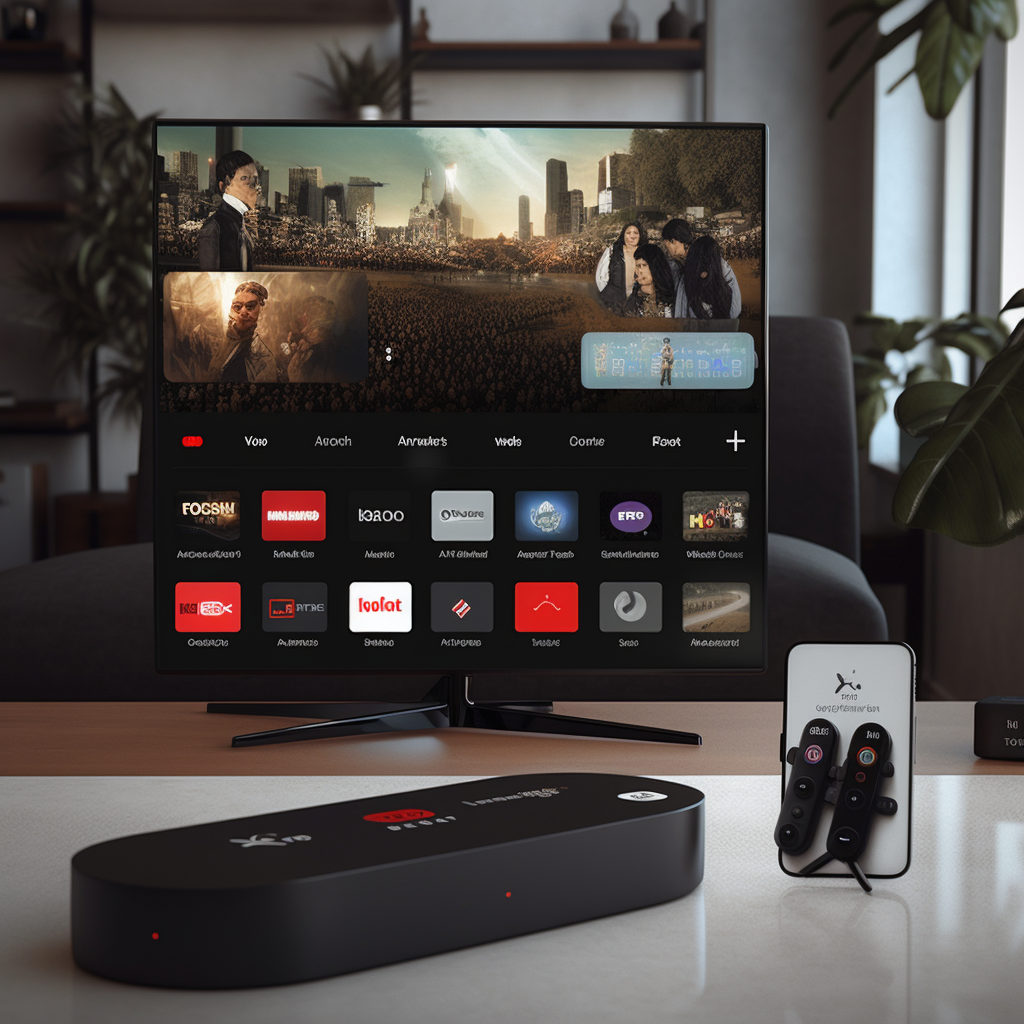Introduction
Did you know that over 60% of traditional cable subscribers are considering cutting the cord this year? The streaming revolution is reshaping how we consume entertainment, and best IPTV services are leading this transformation. Internet Protocol Television (IPTV) delivers television content through internet protocols rather than traditional satellite or cable formats, offering unprecedented flexibility and content variety. Whether you’re looking for international channels, sports packages, or IPTV with record and playback capabilities, today’s market offers solutions that make traditional cable packages seem outdated and overpriced. But with hundreds of providers claiming to offer premium experiences, how do you separate the reliable services from the disappointing ones?
What You’ll Need
Setting up an optimal IPTV experience requires several key components:
- Reliable Internet Connection: Minimum 25 Mbps for HD streaming; 50+ Mbps recommended for 4K content
- Compatible Device: Smart TV, Amazon Firestick, Apple TV, Android TV Box, or dedicated IPTV box
- IPTV Subscription: From a reputable provider with strong uptime stats and content library
- IPTV Player App: VLC, Perfect Player, TiviMate, or IPTV Smarters Pro
- VPN Service (Optional but recommended): Enhances privacy and potentially improves streaming performance
- External Storage (For recording): USB drive or network-attached storage if you want recording capabilities
Alternative setups include using gaming consoles like Xbox or PlayStation, which can run IPTV apps through their browsers, or converting an old smartphone into a dedicated streaming device.
Timing
Understanding the performance metrics of IPTV services helps set realistic expectations:
- Channel Loading Time: Top-tier services load channels in 2-3 seconds; poor services may take 10+ seconds
- Buffering Frequency: Premium services experience buffering less than 5% of viewing time
- Content Updates: Most services update their content libraries every 24-48 hours
- Peak Usage Hours: Service quality may decrease slightly between 8-11 PM in your local time zone
- EPG (Electronic Program Guide) Updates: Typically refreshed every 12-24 hours
According to recent industry data, the average IPTV service maintains 99.1% uptime, though this varies significantly between providers.
Step-by-Step Instructions
Step 1: Choose the Right IPTV Service
Select a service based on content preferences, budget, and device compatibility. Look for providers offering free trials and money-back guarantees. Check online reviews focusing on reliability and customer support rather than just channel count.
Step 2: Prepare Your Device
Ensure your streaming device is properly set up with the latest firmware updates. For Firestick users, consider performing a clean restart before installation. Smart TV users may need to enable “Developer Options” or “Unknown Sources” in settings.
Step 3: Install Your IPTV Application
Download and install a compatible IPTV player. TiviMate offers the most TV-like experience for Android devices, while GSE IPTV works well for iOS. Follow the app’s installation wizard, allowing necessary permissions for optimal functionality.

Step 4: Configure Your Service
Enter the subscription details provided by your IPTV service. This typically includes an M3U URL, EPG URL, and sometimes username/password credentials. Save this information in a secure location for future reference.
Step 5: Optimize Your Viewing Experience
Adjust video quality settings based on your internet speed. Most apps offer auto-adjustment, but manual configuration often yields better results. Create favorites lists and organize channels for easier navigation.
Technical Performance Data
Understanding the technical aspects helps optimize your experience:
- Standard Definition (SD): Requires 3-5 Mbps; consumes approximately 0.7-1 GB per hour
- High Definition (HD): Requires 5-8 Mbps; consumes approximately 1.5-3 GB per hour
- 4K Ultra HD: Requires 25+ Mbps; consumes approximately 7-10 GB per hour
- Catch-up Television: Requires additional 10-15% bandwidth overhead
- Multiple Simultaneous Streams: Each additional stream requires separate bandwidth allocation
Most premium IPTV services now support H.265/HEVC encoding, which improves quality while reducing bandwidth by 30-50% compared to older H.264 standards.
Healthier Alternatives for IPTV
While IPTV offers excellent value, consider these legitimate alternatives:
- Official Streaming Services: Netflix, Hulu, Disney+, and HBO Max provide reliable, though more limited, content libraries
- IPTV Aggregators: Services like Sling TV or YouTube TV offer legal IPTV-like experiences with guaranteed uptime
- Free Ad-Supported Services: Pluto TV, Tubi, or Peacock offer no-cost streaming with advertisements
- Specialized Content Providers: DAZN for sports or Crunchyroll for anime offer focused content libraries
For budget-conscious users, combining several free services often provides similar variety to paid IPTV options.
Viewing Enhancement Tips
Maximize your viewing experience with these suggestions:
- Connect your device via Ethernet rather than WiFi when possible
- Create custom playlists for different household members
- Use external audio systems for improved sound quality
- Set up automatic channel sorting by category or language
- Install buffer-prevention plugins or apps as companion tools
- Schedule recordings during off-peak hours for best quality
For sports enthusiasts, services with multi-view capabilities allow watching several matches simultaneously.
Common Mistakes to Avoid
Even experienced users make these errors:
- Choosing Based on Channel Count Alone: Quality beats quantity; 5,000 unreliable channels is worse than 500 stable ones
- Ignoring Customer Support Quality: 24/7 support is crucial when issues arise
- Using Public WiFi: Never stream IPTV on unsecured networks
- Skipping Regular App Updates: Outdated apps cause most performance issues
- Over-sharing Subscriptions: Most services limit simultaneous connections; exceeding these limits can get accounts terminated
According to streaming analytics, 78% of IPTV issues stem from local setup problems rather than service provider failures.
Security and Storage Tips
Protect your IPTV investment with these practices:
- Always use unique, complex passwords for your IPTV accounts
- Store subscription details in password-protected documents
- Consider dedicated devices for IPTV rather than multi-purpose systems
- Regularly clear cache on your streaming device to prevent buildup
- Use payment methods with buyer protection when purchasing subscriptions
- Enable two-factor authentication when available
For recording enthusiasts, external hard drives offer better performance than USB flash drives for long-term storage.
Conclusion
The landscape of best IPTV services continues to evolve rapidly, offering increasingly sophisticated features like IPTV with record and playback functionality. The right service can transform your entertainment experience, providing unprecedented content variety at a fraction of traditional cable costs. As streaming technology advances, we can expect even more intuitive interfaces, better compression methods, and more stable connections. Take the time to research thoroughly, prioritize reliability over sheer channel quantity, and don’t hesitate to test multiple services before committing long-term.
FAQs
Q: Are IPTV services legal?
A: Legal status varies by country and content. Services that license their content properly are legal, while those redistributing premium content without permission may not be.
Q: Why does my stream buffer despite fast internet?
A: Buffering can result from server-side issues, network congestion, or local device limitations. Try using a VPN, closing background apps, or switching to a wired connection.
Q: Can I use one subscription on multiple devices?
A: Most services allow 1-5 simultaneous connections, depending on your subscription package. Check your service’s terms for specific limitations.
Q: How often are channels updated?
A: Most providers update their channel lists weekly, though some premium services implement changes daily to maintain reliability.
Q: What’s the difference between VOD and live IPTV?
A: Live IPTV streams content in real-time like traditional TV, while Video on Demand (VOD) offers a library of content viewable anytime, similar to Netflix.


